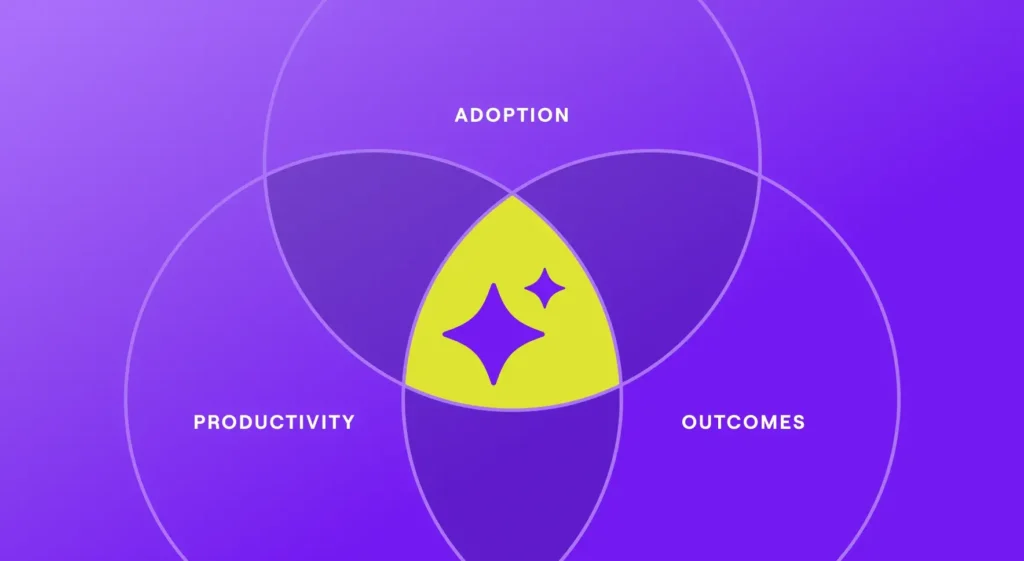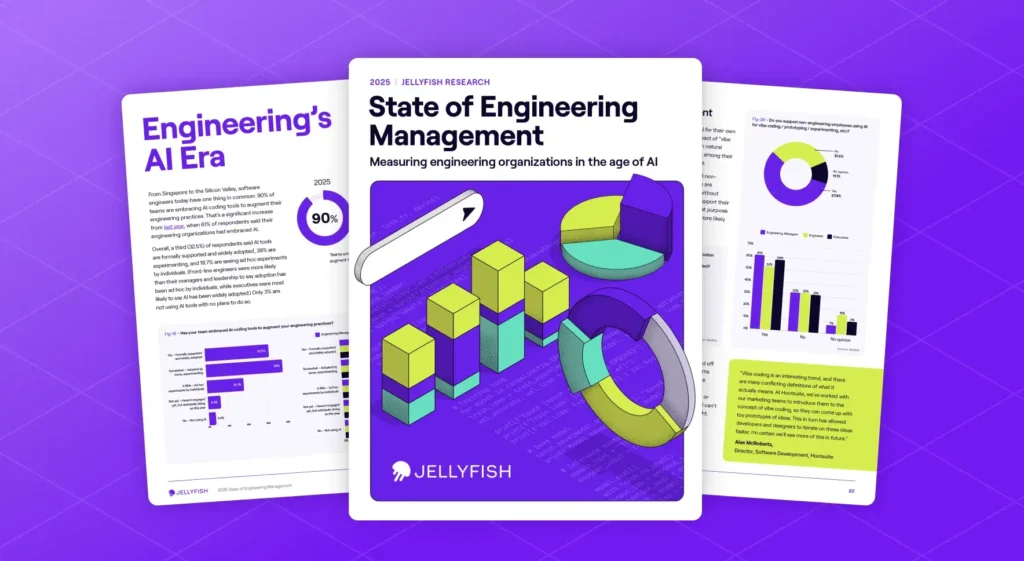Headcount planning and forecasting is the practice of an organization carefully analyzing and predicting their future staffing needs to ensure they have the right number of employees with the necessary skills and expertise to meet business objectives.
Headcount planning involves assessing the organization’s current workforce and identifying gaps or surpluses in staffing levels using factors like employee turnover, retirements, promotions, and projected attrition rates. By understanding these variables, organizations can plan ahead to ensure they have the right number of employees in each department.
Forecasting, on the other hand, involves predicting future workforce needs based on business projections and strategic goals. Forecasting typically involves estimating the impact of new projects, expansion plans, or market shifts on personnel requirements. Aligning headcount planning with business forecasts enables organizations to proactively address potential talent shortages or excesses.
A workforce planning template can act as a guide for HR professionals and managers by providing a systematic approach for making data-driven decisions. An effective template helps to prevent overstaffing or understaffing, which can negatively impact productivity and profitability.
Why Is Headcount Planning Important?
Headcount planning is important because it helps organizations maintain the right balance between staffing levels and workload. Without proper planning, companies face risk of understaffing, leading to increased workloads, burnout among employees, and compromised productivity. Conversely, overstaffing can result in unnecessary costs, reduced efficiency, and decreased profitability. Headcount planning ensures that organizations have the optimal number of employees to effectively manage their operations and deliver high-quality results.
Headcount planning enables organizations to anticipate and prepare for future talent needs. By considering factors such as projected business growth and industry trends, organizations can forecast their future staffing requirements. This allows them to proactively address any potential talent shortages or surpluses, ensuring a smooth transition during periods of change and growth.
In addition, headcount planning is essential for budgeting and resource allocation. Workforce costs often constitute a significant portion of an organization’s expenses, including salaries, benefits, training, and recruitment. By accurately assessing their headcount needs, organizations can allocate their resources effectively and optimize their budgets. This leads to better financial management and allows organizations to invest in strategic initiatives that drive growth.
Workforce Planning vs. Headcount Planning
Headcount planning vs. workforce planning are two distinct but interconnected processes within the realm of people management. While they both involve analyzing and projecting personnel needs, they differ in their scope and focus. Headcount planning is an ongoing activity/process to address shorter-term goals, while workforce planning is ongoing but is much more strategic, with a focus on outputs that are not specific to which job openings to build out.
Headcount Planning Meaning
Headcount planning primarily focuses on determining the optimal number of employees required to fulfill the current operational needs of an organization. It involves assessing the existing workforce, considering factors such as attrition rates, retirements, promotions, and departures, and ensuring that there are neither staff shortages nor excesses in any department or team. The main objective of headcount planning is to maintain an appropriate staffing level to meet the immediate demands of the organization.
Workforce Planning Meaning
Workforce planning takes a more comprehensive and strategic approach. Workforce planning involves analyzing present and future workforce requirements to maintain alignment with the organization’s long-term goals and objectives. It looks beyond just headcount and delves into talent management, skill development, succession planning, and workforce diversity. It also considers factors such as industry trends, market shifts, technological advancements, and business expansion plans to anticipate future talent needs. Workforce planning enables organizations to identify skill gaps and foster a sustainable talent pipeline.
To illustrate the difference, let’s consider some headcount and workforce planning examples:
Headcount planning might involve analyzing the current workload of a manufacturing company and ensuring that there are enough employees on the production line to meet the production targets.
Workforce planning would encompass a broader analysis of the organization’s talent requirements, such as identifying the need for skilled engineers to implement automation systems or developing leadership development programs to prepare future managers.
Headcount Planning Strategy
Headcount planning strategy is a critical component of effective workforce management that involves developing a comprehensive framework to determine the optimal number of employees needed within an organization. A strategic workforce planning map serves as a visual representation of this strategy, outlining the organization’s current and future talent needs.
A successful headcount planning strategy starts with a clear understanding of the organization’s strategic goals and objectives. This involves identifying the skills, competencies, and capabilities required to achieve those goals. An effective headcount planning strategy should take into account various factors such as business growth projections, market trends, technological advancements, and industry-specific challenges.
When developing a headcount planning strategy, it is crucial to consider both quantitative and qualitative factors. Quantitative factors include:
- Analyzing historical data
- Forecasting attrition rates
- Considering productivity benchmarks
On the other hand, qualitative factors involve:
- Assessing employee engagement
- Identifying training and development needs
- Understanding the organization’s culture and values
Moreover, a well-designed headcount planning strategy ensures that the organization remains agile and adaptable to changing market dynamics. It allows for scalability and flexibility, enabling the organization to quickly respond to evolving business needs and adjust staffing levels accordingly
Headcount Management Process
The headcount management process is a crucial aspect of effective workforce planning and resource allocation. It involves the systematic evaluation and control of the number of employees required to meet the organization’s operational needs and align with its strategic goals. This process typically incorporates headcount planning, forecasting, and budgeting.
Headcount planning serves as the foundation of the headcount management process. Headcount planning entails assessing the current workforce and determining the optimal number of employees needed for each team. Organizations often utilize a headcount planning formula that takes into account various factors such as projected business growth, workload analysis, employee turnover rates, and productivity benchmarks. Using a formula helps organizations determine the ideal headcount for different functions and enables them to make informed decisions regarding recruitment and resource allocation.
Once the headcount planning phase is complete, organizations can move on to the headcount budgeting process. This process entails allocating financial resources to support the determined headcount levels. Budgeting for headcount involves considering not only salaries and benefits but also other expenses related to recruitment, onboarding, training, and development. Organizations need to strike a balance between ensuring adequate financial resources to support the desired headcount and maintaining cost efficiency.
During the headcount management process, it is essential to continually monitor and adjust headcount levels as necessary. This requires regularly reviewing and analyzing workforce data and making necessary adjustments based on changing business conditions or operational requirements. Organizations may need to undertake initiatives such as hiring additional employees, implementing workforce reductions, or reallocating resources to ensure optimal headcount management.
Effective headcount management enables organizations to align their workforce with their strategic objectives. It ensures that the right number of employees with the appropriate skills and expertise is in place to meet operational needs while optimizing costs. Additionally, headcount management makes it possible for organizations to adapt to changing market dynamics and respond to growth opportunities.
Headcount Planning Tool
A headcount planning tool is a valuable resource that organizations can use to facilitate the process of analyzing, projecting, and managing workforce needs.
For software engineering teams, Jellyfish can help leaders effectively plan, forecast, and budget for their headcount needs. The Jellyfish platform’s Allocations view makes it easy for engineering leaders to anticipate fixed cost overhead and forecast the number of engineers required to balance productivity and organizational cost efficiency.
Headcount planning tools may also offer scenario modeling capabilities, allowing organizations to simulate different workforce scenarios based on factors such as market conditions, business expansion, or workforce optimization initiatives. By testing different scenarios, organizations can evaluate various staffing strategies and choose the most appropriate course of action.
Interested in learning more about Jellyfish? Tour the product or request a demo today!






